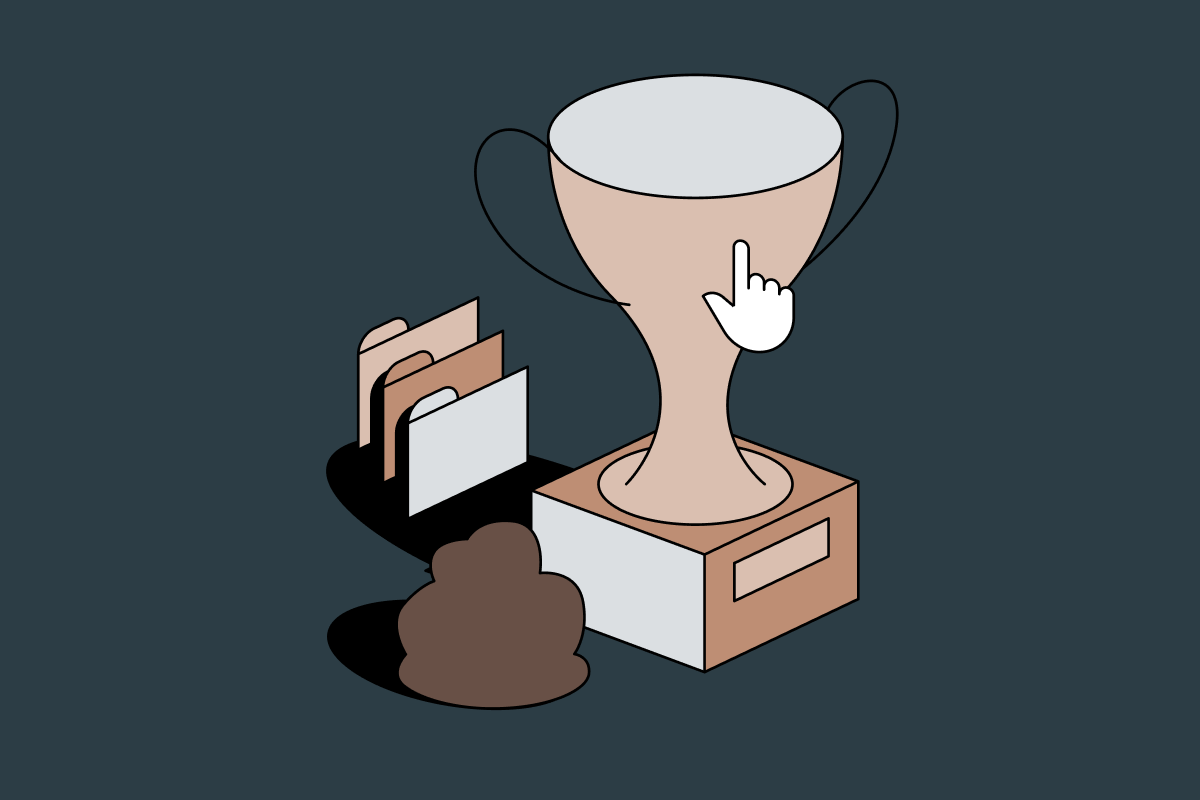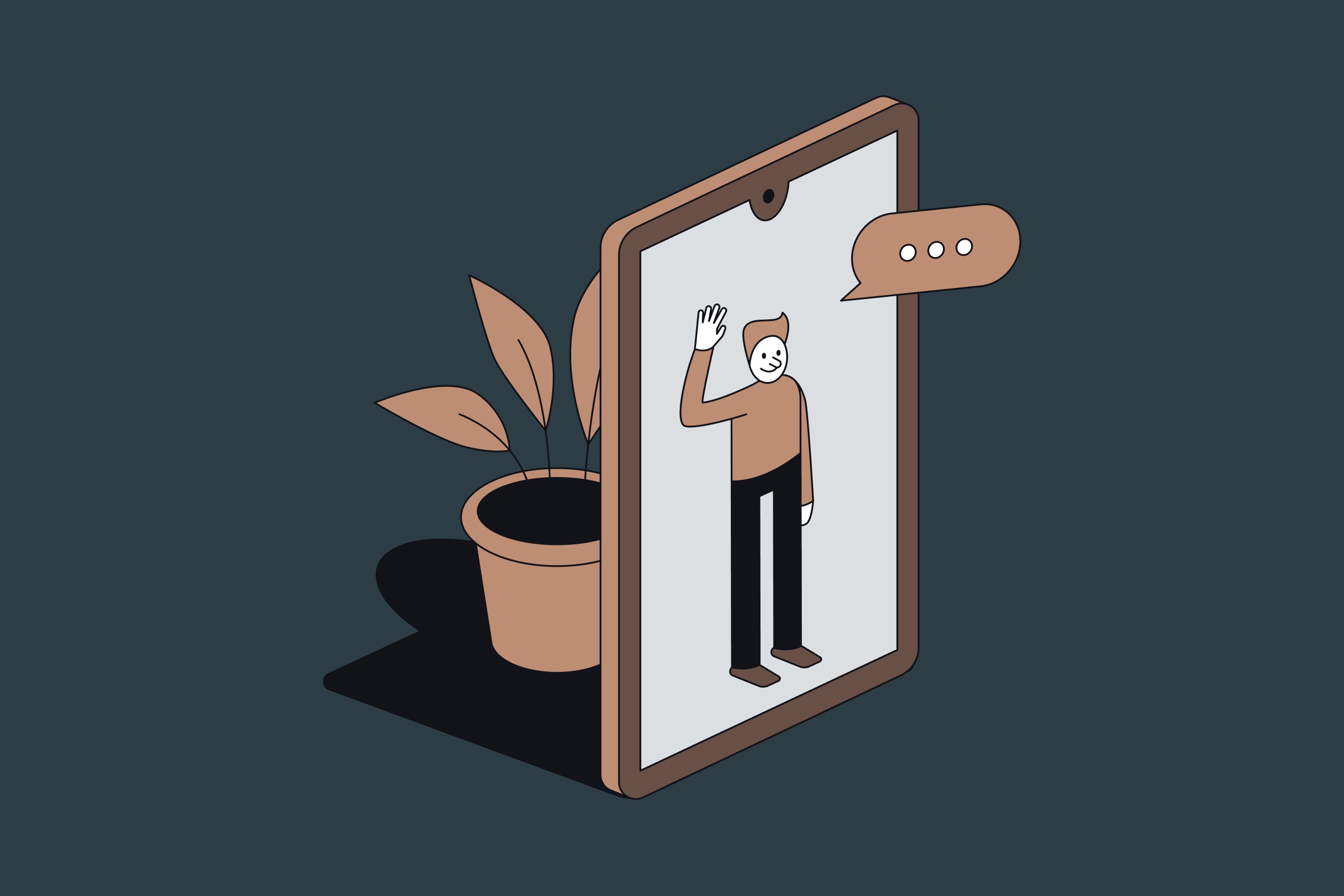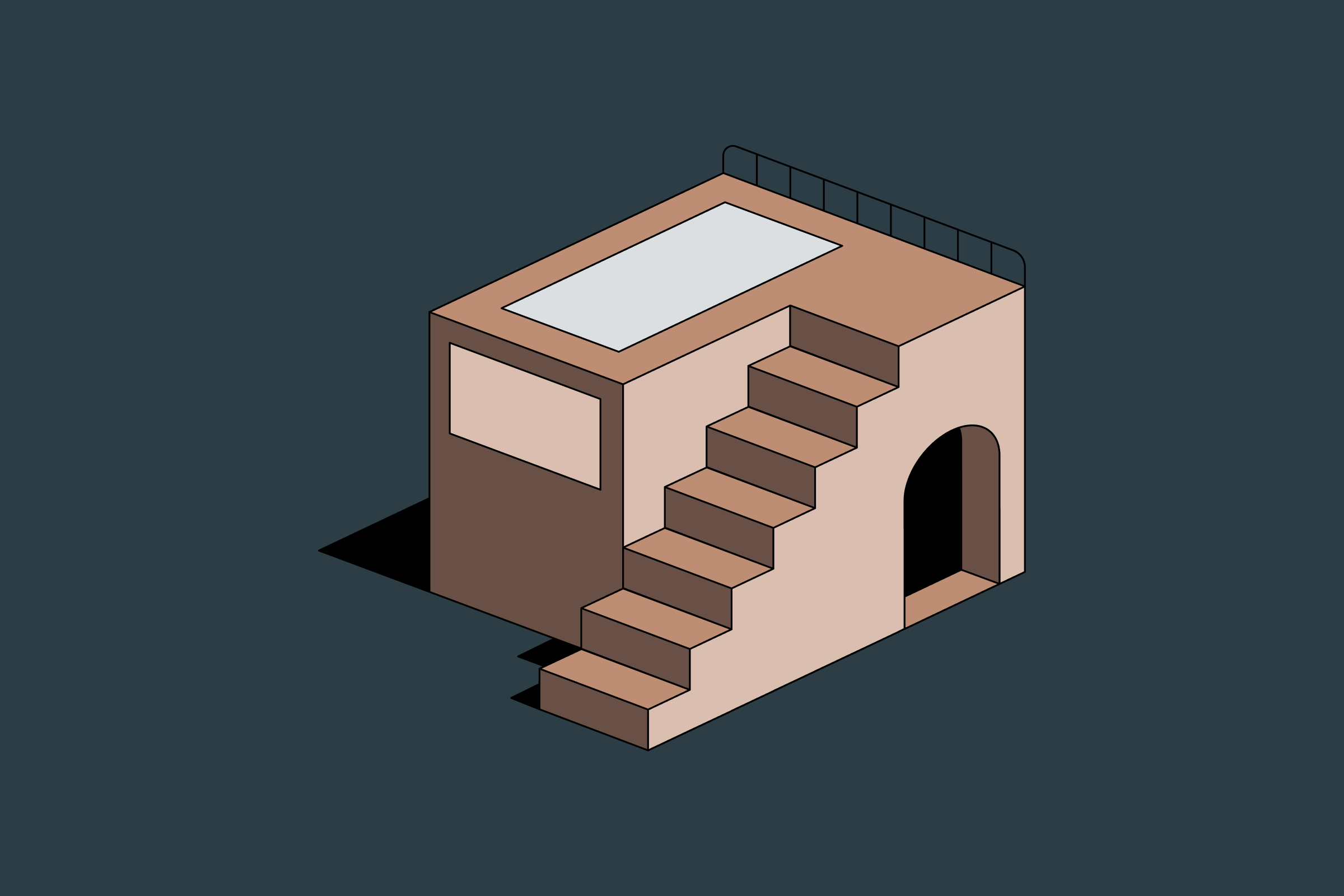When it comes to design, being able to give and receive feedback is key to progressing in your career and forming long and fruitful relationships with clients and teammates. But how exactly can you receive constructive feedback without getting offended? Or how can you give feedback to a wider creative team that’s useful, specific, and likely to produce the best possible result? Stick around to find out.
Design feedback is not a criticism
Whether you’re a seasoned designer or just starting out in your first job, it’s important to receive design feedback with an open mind. If you’re someone who takes work-related matters personally or refuses to adapt, you may find that you struggle with this profession as it’s an inevitable part of the job.
As you work on the design, you invest a lot of effort and time in the project you’re working on. So it’s totally expected that your initial reaction to the feedback could be personal, emotional, and defensive, because, well… it’s your creation that’s being criticized, and it’s quite natural to react that way!
But instead, calm down, listen to feedback, revisit what has been said, and know that you can get fantastic results if you learn to receive the feedback constructively. Knowing the way to receive and act on feedback is an important part of a designer’s job, and is additionally what differentiates great designers.
Make sure you have a safe space
First and foremost, you need to build a safe space where people can freely express their thoughts and opinions - it’s a critical element of gathering honest and constructive feedback. Besides, providing meaningful opinions and feedback on design takes effort to create, so it’s vital that everyone understands the value of feedback and design quality.
So the usual place for getting design feedback is a design crit or design review. They are an essential part of the design process, help the team be on the same page about what is being designed, and also help the designer understand the needs of the team, users, and existing limitations. This is how it works: you share the context and project goals, you show the work and everything important related to that, people make notes, ask questions, and comment.
Know what kind of feedback you need
While receiving positive but vague feedback and statements like “Looks cool” or “Good job, I like it!” may make you feel good, it doesn’t really help you much as a designer. People tend to give you positive general comments if you don’t specify upfront what kind of details you’re looking for. Tell people exactly what you’re looking for from them.
Maybe you’re not sure if the concept reveals the intention behind it well enough, or you want them to give you feedback about design consistency, or maybe a visual side of things is your concern. As you are the person requesting feedback, you must lead the process. Identify goals, known problems, potential solutions, and surface these for others. Then ask for their input.
If you're working with clients, it’s their responsibility to provide you with feedback, but you are equally responsible for setting clear expectations to make the process run as smoothly as possible. This means avoiding common questions and comments such as “what are your thoughts” or “tell me anything that comes to mind”. This is a surefire way of getting feedback that’s scrappy and all over the place.
Instead, ask for specific feedback on individual elements. This is a great way of gaining a more in-depth understanding of how they feel about your work and lets you make the necessary adjustments needed instead of navigating a messy feedback pattern.
Ask clarifying questions
By asking clarifying questions, you give yourself the opportunity to better understand the point of view of the other person. Do not be afraid of stupid questions and constructions of the form “did I understand you correctly, that …”. This is a trusted psychological approach to clarify communication, called reflective listening. Always ask why, and dig deeper to the core of comments.
Write down the feedback.
Make sure to write down, and if possible – record the feedback session. This will help you remember the details the next day and only shows your appreciation for the feedback you are getting. Make sure you collect all the details, use cases or personas mentioned, everything you need to be able to act.
Responding to unhelpful design feedback
Sometimes feedback can be meaningless, subjective, or even toxic. Surely every designer has heard comments like “I don’t know what’s wrong, but I don’t like it at all.” Or I don’t like “your choice of colors”.
A great way to avoid receiving comments of this nature is to begin the presentation by describing the problem space. Always bring the discussion back to the formulated problem, or goals that you have for the project. Also be sure to include other people in the conversation and see if they agree with what’s being said.
Don’t interrupt and give enough time
Designers often begin to protect their work when they receive any feedback — immediately adding new information, explaining their decisions, and highlighting restrictions. This not only leads the discussion in the wrong direction but also stresses the speaker.
When you hear feedback, don’t talk too much and let people speak, while writing down all your notes and thoughts. If there’s anything you don’t agree with – you will have time and space for that later.
Don’t expect rushed feedback to be helpful and thoughtful. Give enough space for one to be created, people need to dive into the context and think. The great idea is to submit mockups and any relevant context about the project beforehand.
Feedback is a gift
How you approach and receive feedback is very important as a designer. Don’t let harsh comments as a personal attack — the harshest feedback could be the most insightful sometimes. But if you answer in a defensive manner, then the person you’re working with may not feel comfortable giving you feedback the next time you work with them.
Remember - criticism is a gift, and thoughtful feedback takes time to create. Be grateful that someone took the time to provide you with meaningful feedback.
What Comes Next
The next step after the critique session is to address the feedback. The work is not over yet! However, don’t jump right into that, don’t rush to make changes. Look through all the notes, ideas, and suggestions carefully. You need to evaluate them and separate essential and urgent from questionable.
New designers often perceive each comment as an action point, taking and implementing their thoughts without critical review. Design is the search for a balance between aesthetics and function, solving business and user problems. A lot of times there is no one right decision, and remember that everyone makes mistakes.
How to Receive Great Design Feedback
Once you are able to give and receive great design feedback, you will soar as a designer. Clients and teammates will love working with you and you’ll benefit from having clear parameters in place that let both you and the company you’re working for reach the desired goal as effectively as possible. Remember to collaborate throughout the process, set up clear expectations and guidelines and most of all, don’t take things personally. This not only will help your working relationships with other clients but will make your life ten times easier!



